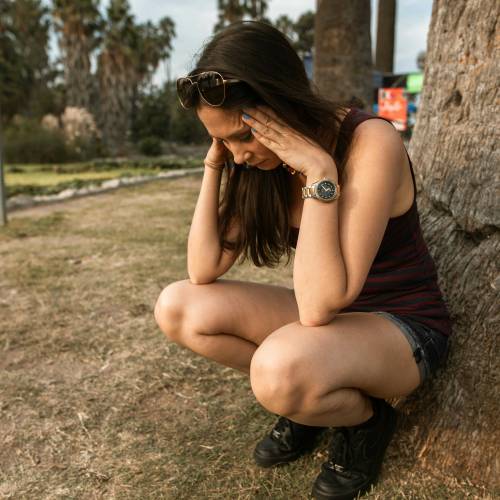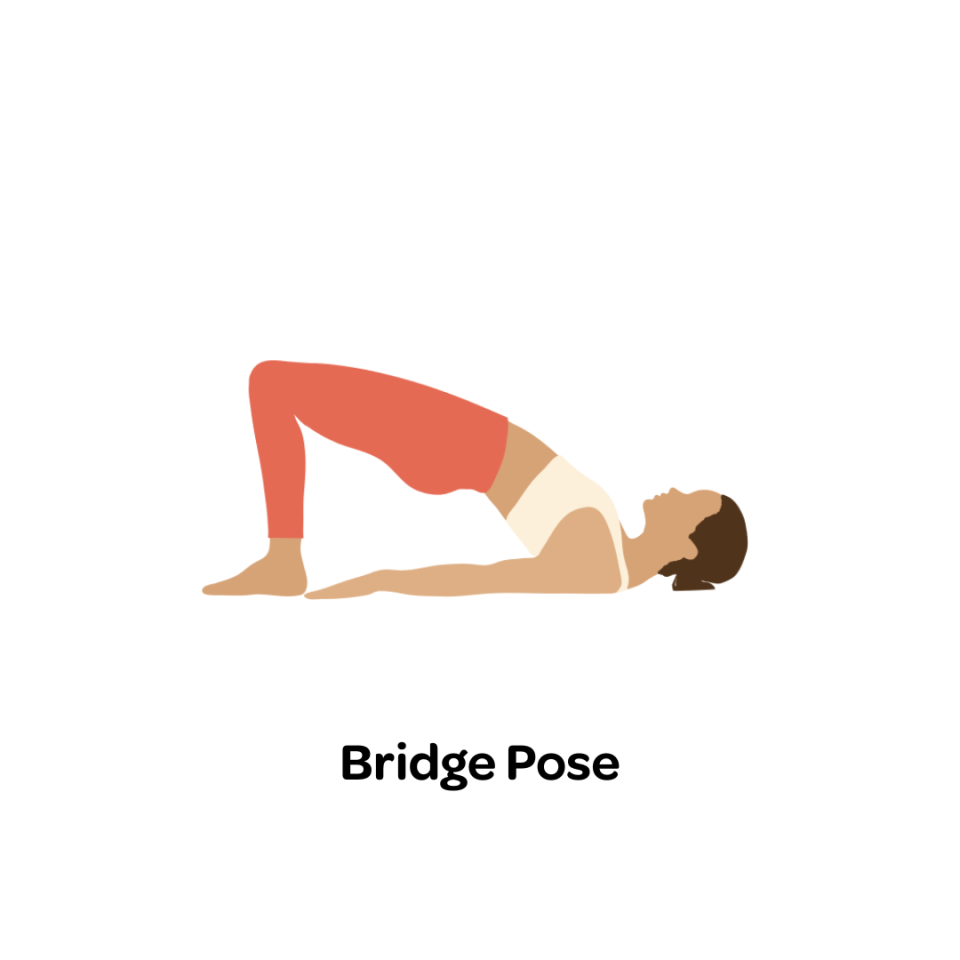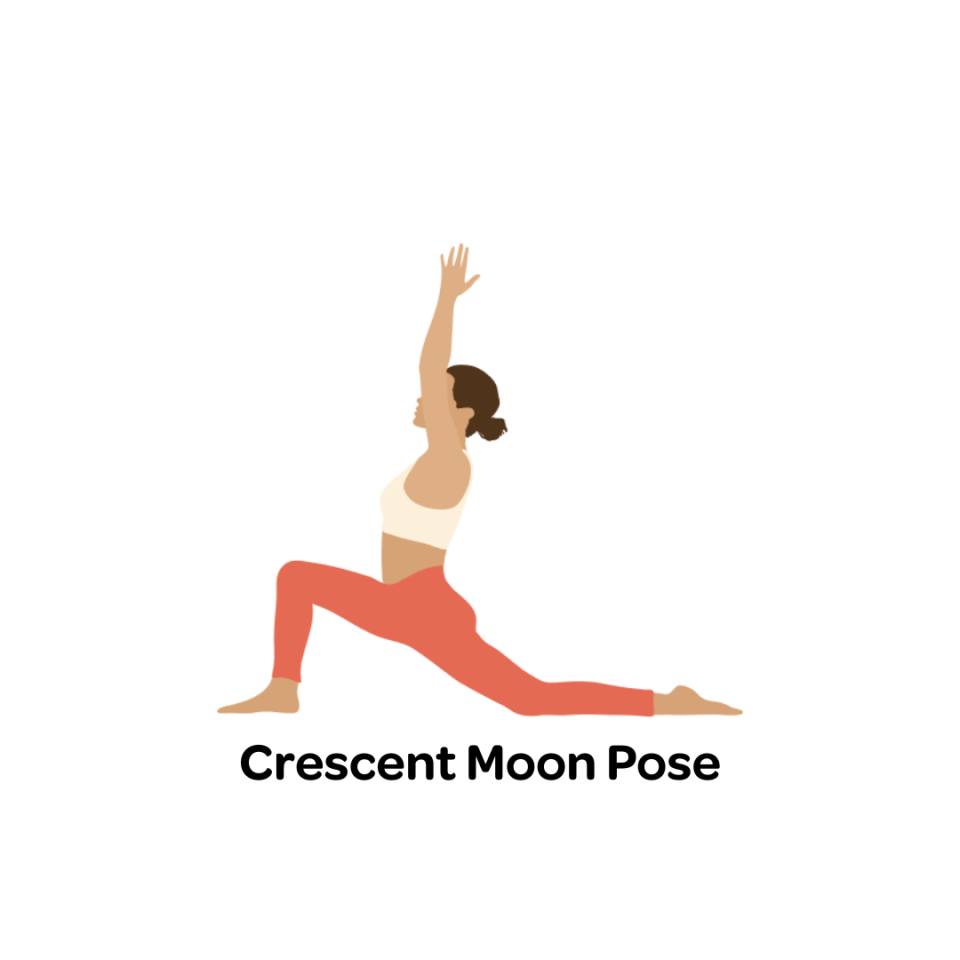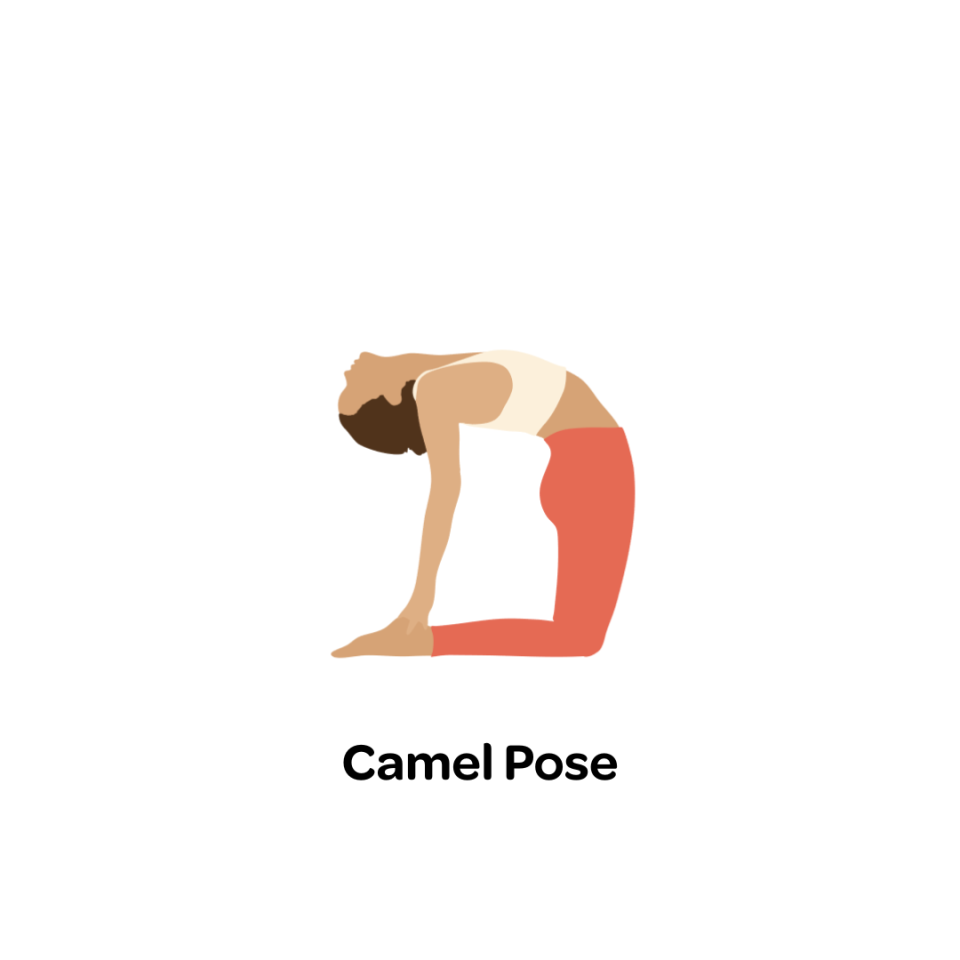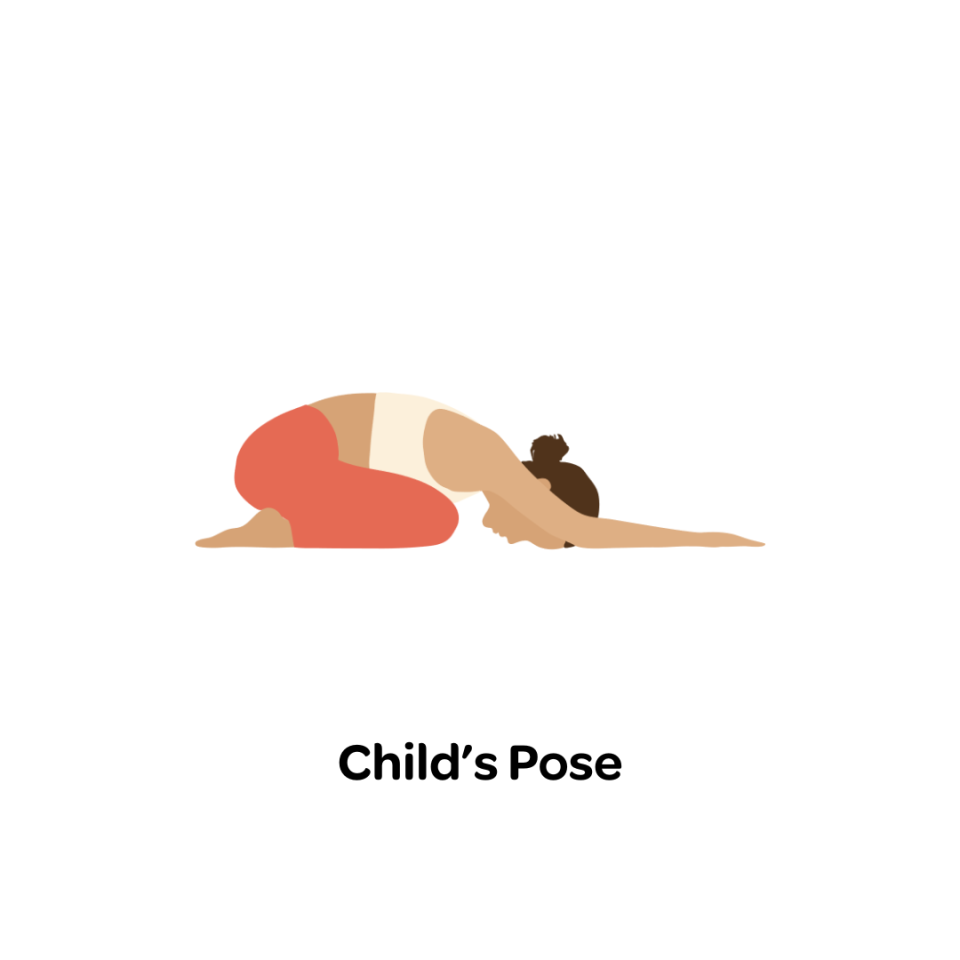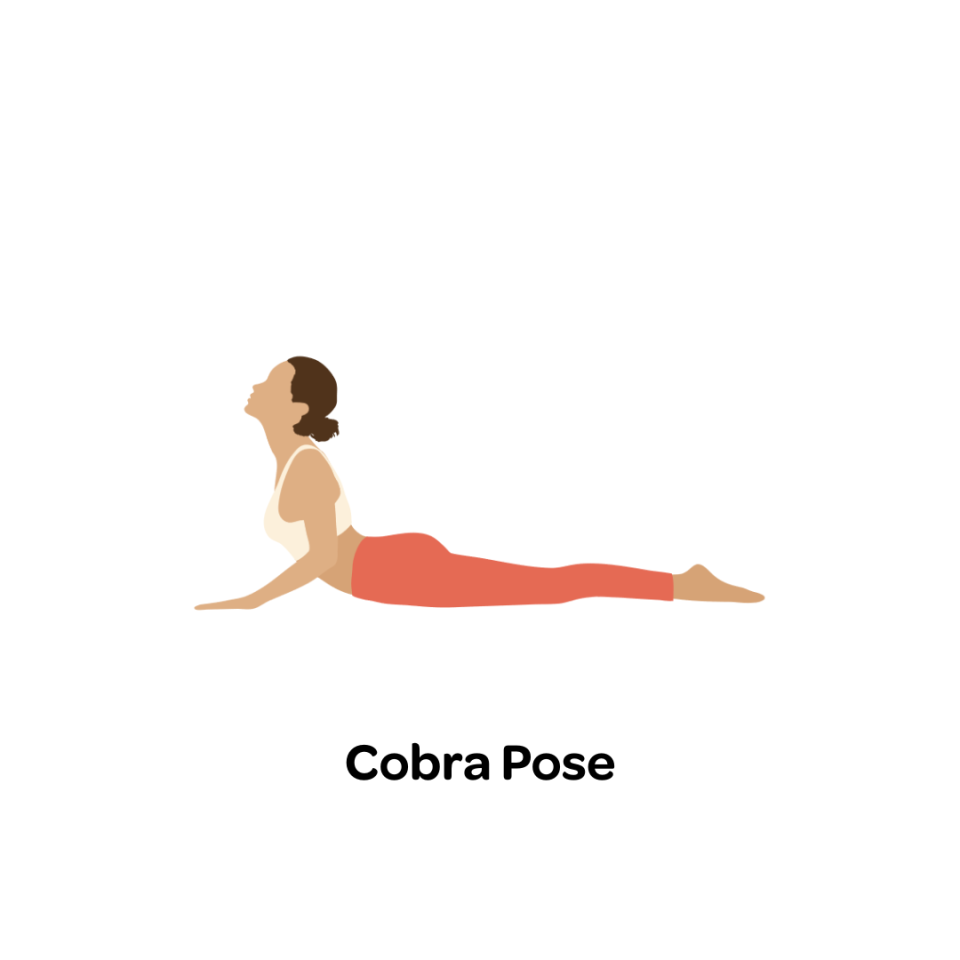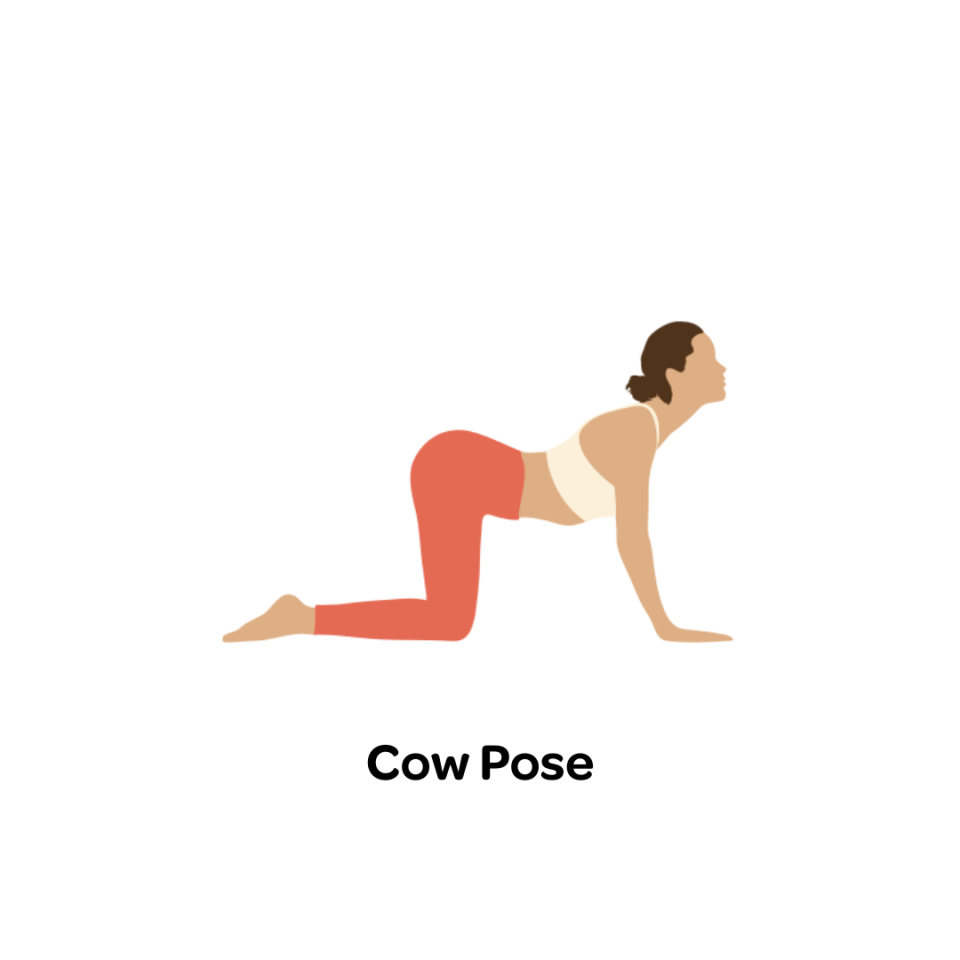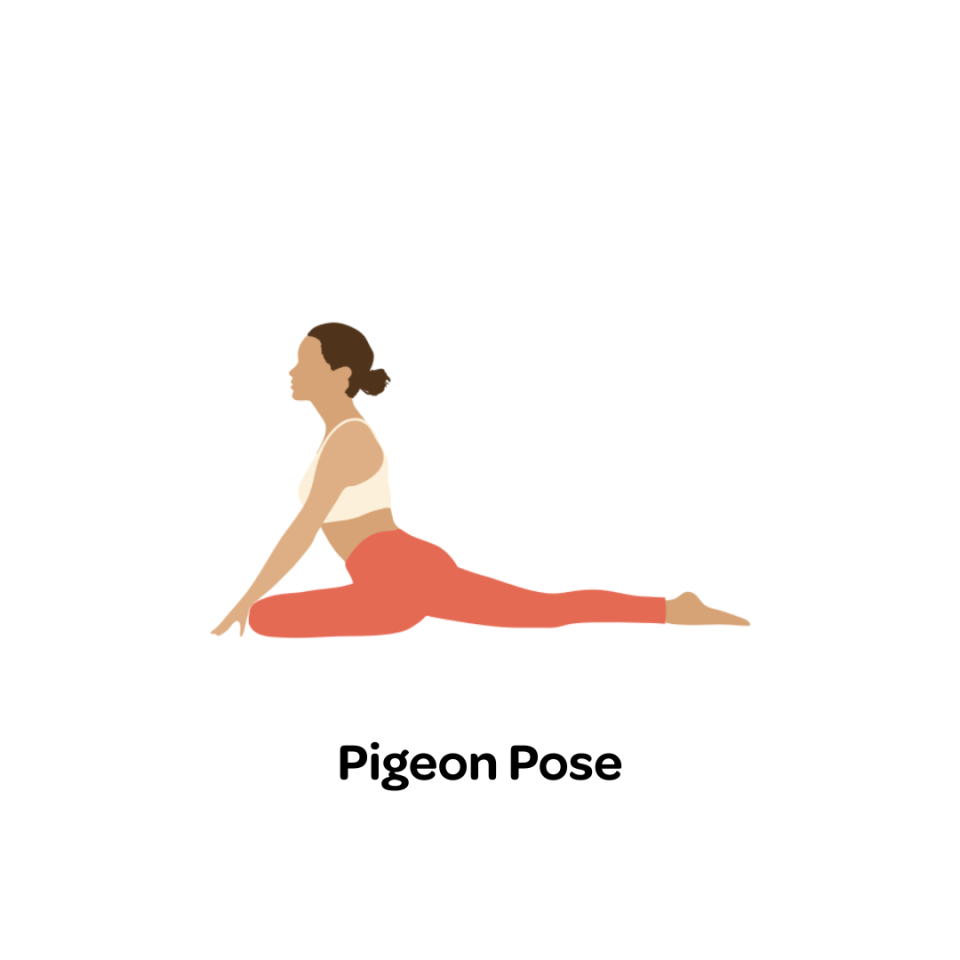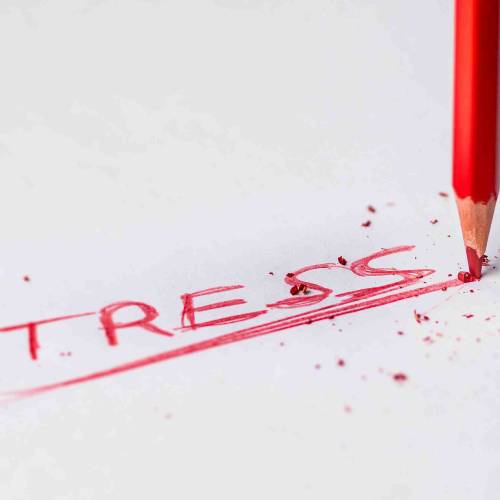
Stress is not a direct risk factor for chest, heart or stroke conditions, but it can have a negative impact on your health. This can be due to how people choose to cope with stress, sometimes we are tempted to use unhealthy ways, such as overeating, smoking, vaping, drinking too much alcohol. These can all increase your risk of developing high blood pressure, cardiovascular and respiratory diseases.
What is the difference between Stress and Anxiety?
Stress and anxiety have similar symptoms, but they are not exactly the same. Stress is usually a natural response to an external trigger, such as a deadline or a loved one being unwell and can be over a short or long period of time.
Anxiety is a feeling of worry, nervousness or fear and is something everyone will experience at some stage in their life. It can be a reaction to stress, but it can present itself without any external triggers.
Both stress and anxiety are natural responses to challenges within our lives and something everyone will experience to some degree. However, it can become a problem if stress and/or anxiety starts to affect daily life and relationships with family and friends. If you feel stressed or anxious try talking about your feelings with a friend, family member, health professional or counsellor.
Get Support:
Samaritans: 24 hour telephone helpline - 028 9066 4422
Childline: if you are under 19 - 0800 1111
Lifeline: a crisis response 24 hour helpline - 0808 808 8000
Signs You're Stressed
Stress can impact you emotionally, mentally and physically. Common signs that you are stressed include:
- feeling irritable, worried or overwhelmed
- difficulty concentrating or making decisions
- sleeping problems
- loss of appetite
- stress headaches
- sweating
- skin reactions like hives.
Individuals that are stressed may overeat or undereat as a coping mechanism, which can impact your health. Check out some tips for healthier ways to deal with stress below.

Practicing Mindfulness
Practicing mindfulness is a useful tool to manage stress and anxiety, as it trains you to process emotions and stay present instead of worrying about the past or future.
- Reduces overthinking
- Improves emotional regulation
- Relaxes the nervous system
- Lowers stress hormone (cortisol) levels
- Improves sleep
Check out some ways to practice mindfulness below:
Mindful Breathing
Slow deep breathes, concentrating on each inhale and exhale
Mindful Movement
Walking or running, focusing on your streps, the sensation of the ground under your feet, rhythm and smell around you
Mindful Journaling
Writing down your emotions, feelings and experiences
Meditation
Focusing on breath work, inhaling and exhaling, without letting your mind get distracted
Body Scan
Paying attention to each part of your body starting from the top to the bottom, focusing on any tension or sensations
Here are some videos and infographics that can walk you through some easy ways to practice mindfulness.
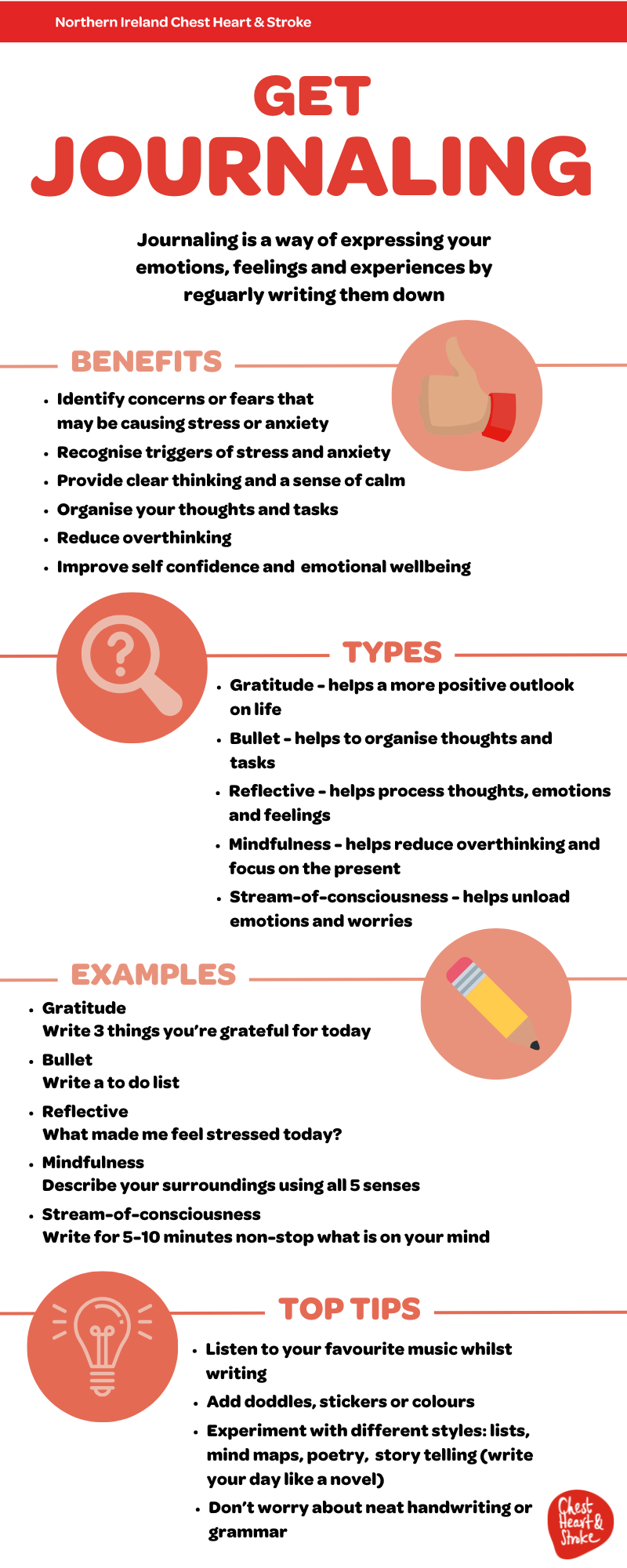
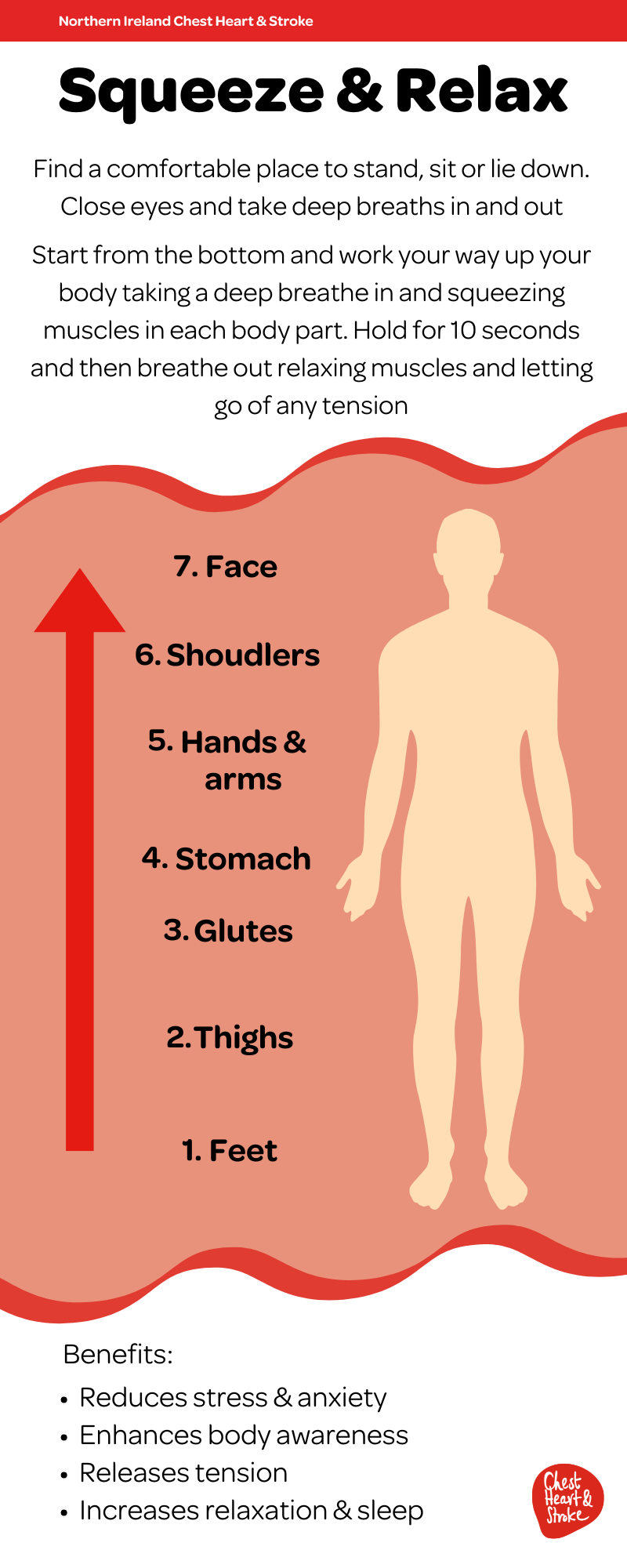
Yoga for Stress
Yoga encourages mental relaxation through breathwork and slow movement. Check out the yoga poses below and then give each movement a go:
